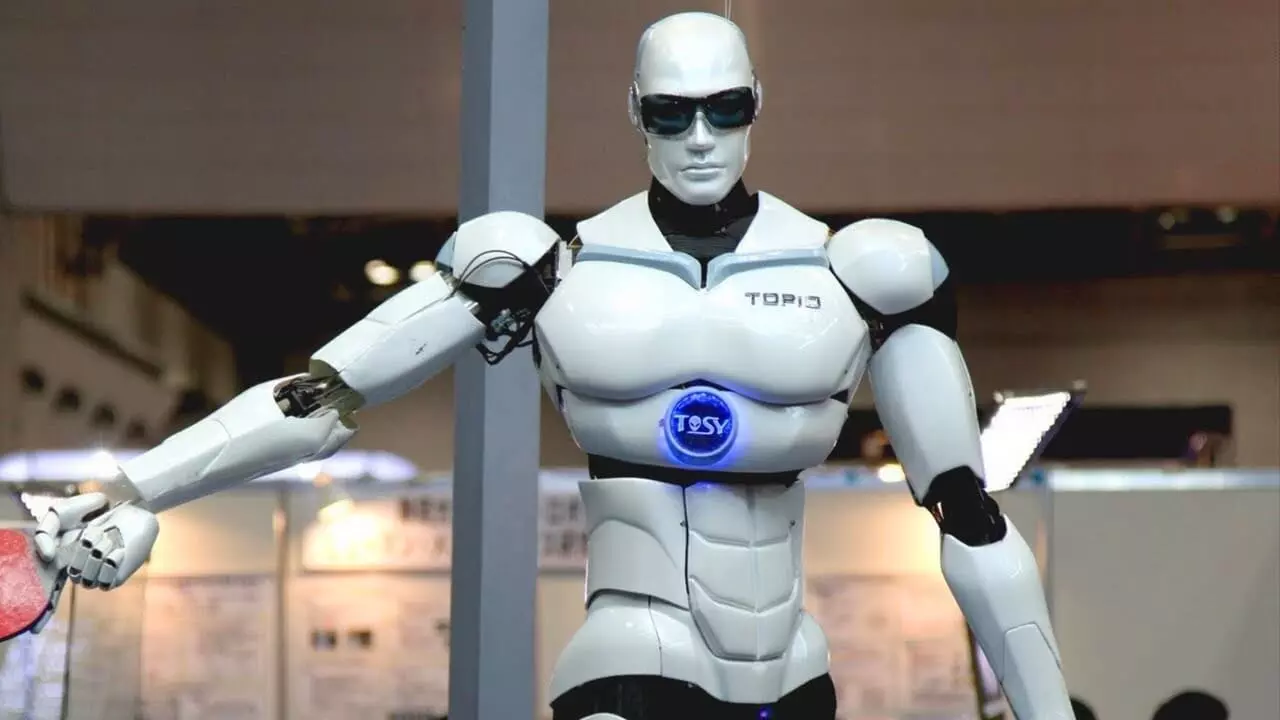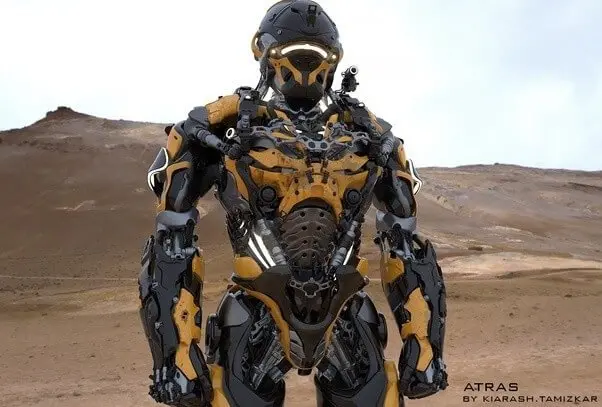Comments
- No comments found

Artificial intelligence robots are slowly replacing blue collar and white collar workers.
Go to the trading floors to find out that there are no human brokers. Algorithmic trading software makes money for most investment funds.
It takes 0.2 seconds for a price quote to come from the exchange to your software vendor’s data center (DC), 0.3 seconds from the data center to reach your trading screen, 0.1 seconds for your trading software to process this received quote, 0.3 seconds for it to analyze and place a trade, 0.2 seconds for your trade order to reach your broker, 0.3 seconds for your broker to route your order to the exchange.
Total time elapsed = 0.2 + 0.3 + 0.1 + 0.3 + 0.2 + 0.3 = 1.4 seconds. In today’s dynamic trading world, the original price quote would have changed multiple times within this 1.4 second period. The algorithmic trading program is to identify profitable opportunities and place the trades to generate profits at a speed and frequency that is impossible to match by a human trader.
No chance for humans to compete with machines in computing speed and efficiency, instant analysis and decision-making.
The human-AI replacement process is following the causal link of smart work automation:
Office workers -> Distant workers -> RPA bots -> Digital workers -> AI workers

"A digital worker is software designed to model and emulate human job roles by performing end-to-end job activities using automation and AI-based skills. In contrast, an RPA bot is software that mimics human actions by performing specific tasks for which it’s programmed.
Digital workers can understand, decide and act to automate job roles as opposed to simply acting to automate individual tasks. In doing so, they extend RPA capabilities and can be applied to more use cases". IBM DW
The human-robot replacement has been accelerated by COVID-19. Google as Facebook let their employees continue to work from home through July 2021 due to the ongoing COVID-19 pandemic. Most of them will hardly return back.
As McKinsey cautiously projected:
"The activities most susceptible to automation are physical ones in highly structured and predictable environments, as well as data collection and processing.
In the United States, these activities make up 51 percent of activities in the economy, accounting for almost $2.7 trillion in wages.
They are most prevalent in manufacturing, accommodation and food service, and retail trade. And it’s not just low-skill, low-wage work that could be automated; middle-skill and high-paying, high skill occupations, too, have a degree of automation potential".
Leave your comments
Post comment as a guest